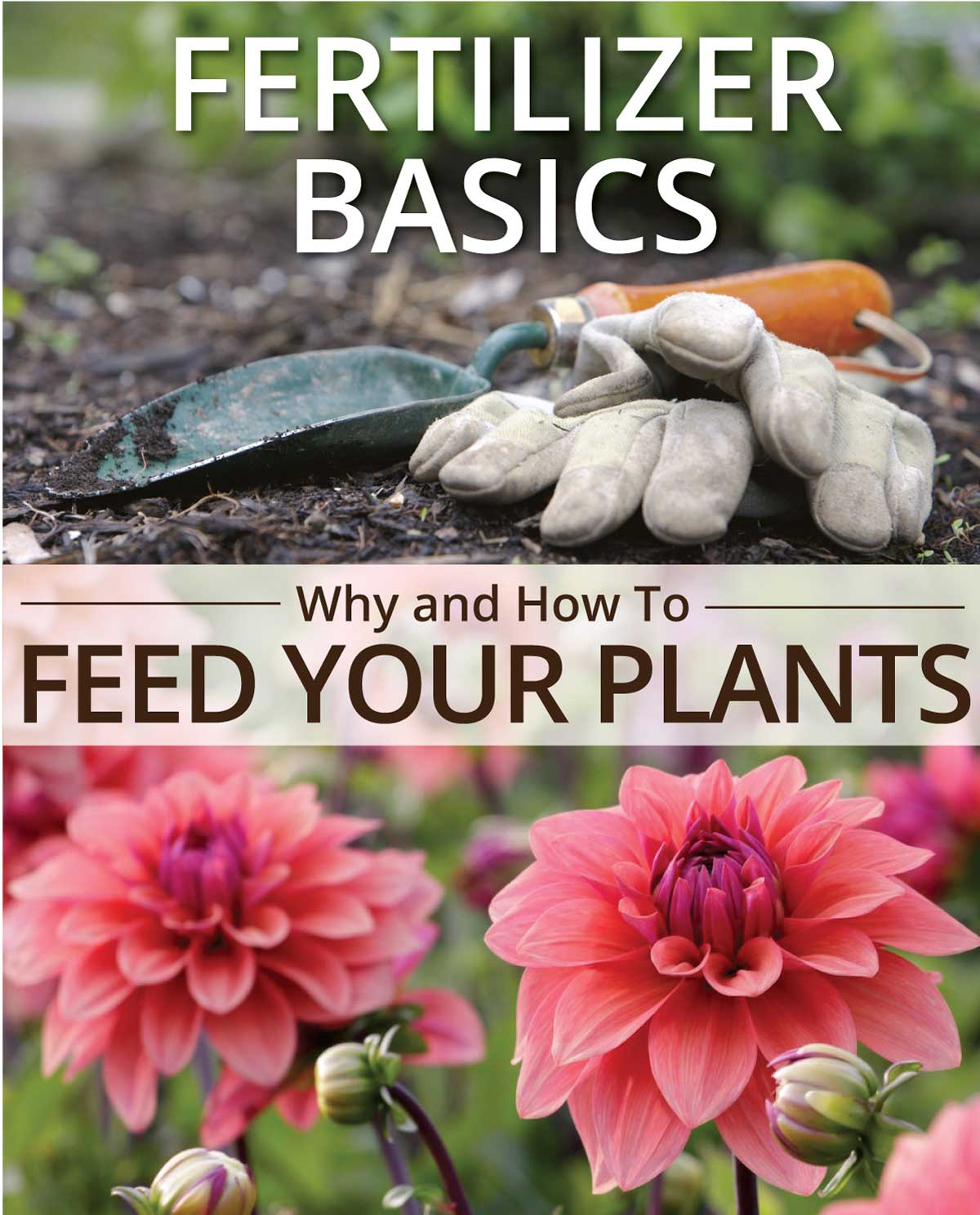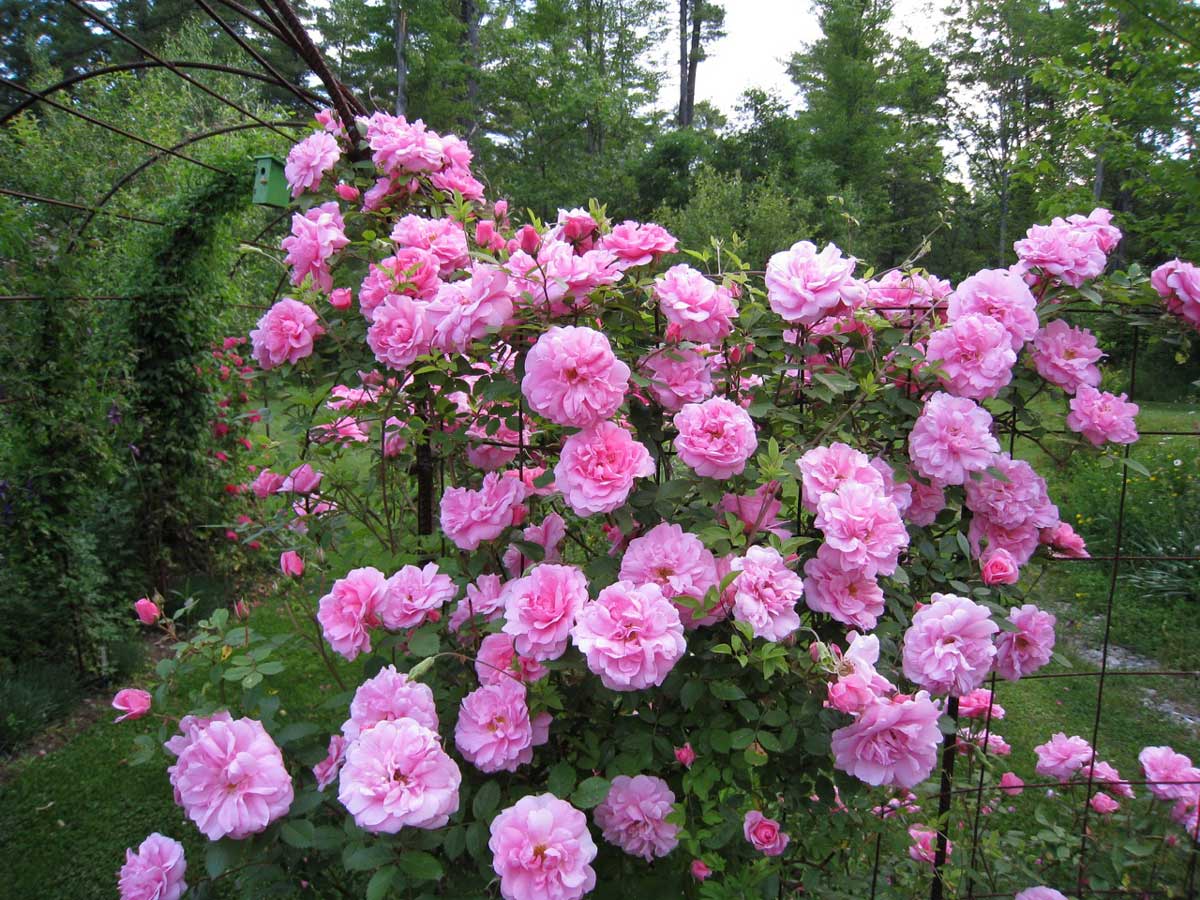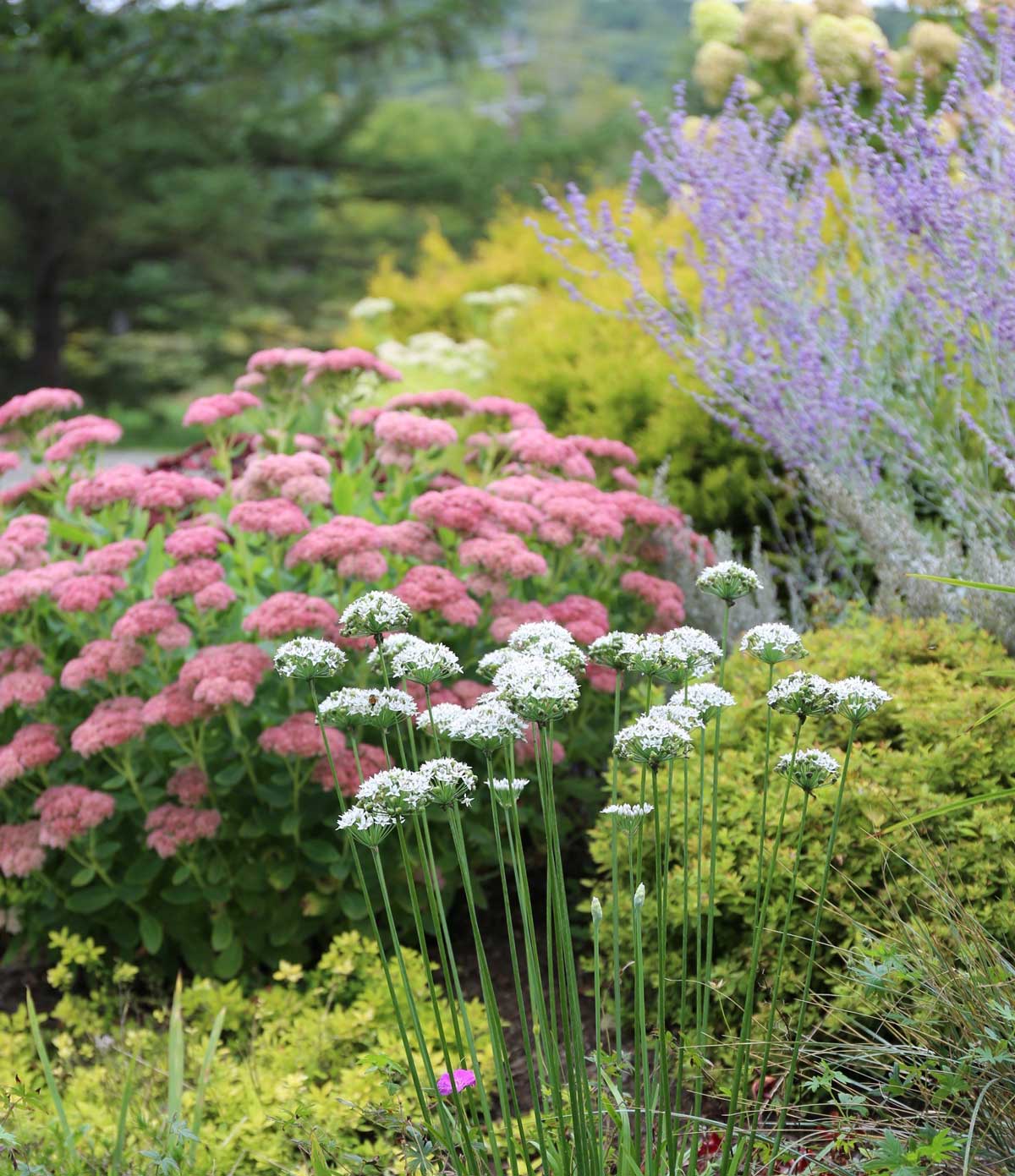Fertilizer Basics — Why and How to Feed Your Plants

Plants that are well fed are healthier, more pest and disease resistant, and produce bigger, better crops of flowers and fruit.
As gardeners we are eager to do right by our plants and wouldn’t want them to go hungry. Unfortunately, most garden soils don’t provide all the nutrients plants need to reach their full potential, so it’s up to us to close the gap.
Adding compost and other organic matter is important for improving the long-term health and fertility of your soil. Fertilizers also play an important role in providing readily available nutrients that keep plants growing strong.
How to Choose a Fertilizer
Most garden fertilizers contain the three major plant nutrients: nitrogen (N), phosphorus (P) and potassium (K). They may also contain small amounts of the minor nutrients: magnesium, calcium, sulfur, iron and boron. The N-P-K ratio on the package tells you the percentage – by weight – of each major nutrient.
If you are unfamiliar with the role of N-P-K in plant health, want to know the differences between organic and synthetic fertilizers, or how soil pH impacts nutrient availability, you may want to read the full article on our website. Otherwise, keep reading!

When and How to Fertilize
Not all plants need the same amount of nutrients or need them at the same time during the season. Here’s the general rule.
In the spring, seedlings and young plants should be fed lightly until they have established good root systems. Other plants, including perennials, shrubs and trees, can be fertilized as soon as the soil warms up. The most important time to feed your plants is midsummer when they are growing vigorously. Then it’s best to taper off again in late summer.
Proper timing also needs to factor in the fertilizer’s nutrient content, whether it is synthetic or organic, and if it’s granular, timed-release or water soluble.

Granular synthetic fertilizers usually release their nutrients relatively quickly, while all-organic formulations need time to break down. For some organic nutrients that could take at least a full growing season. Timed release fertilizers (such as Osmocote) are usually formulated to provide nutrients for 30-60 days.
Water soluble fertilizers (such as Miracle Gro or fish emulsion) are available to plants almost immediately. When applied to the soil, plants can drink in the nutrients through their roots. The solution can also be applied to foliage. Plants absorb nutrients more efficiently through their leaf surfaces than through their roots, so foliar feeding can extremely valuable during critical growth stages such as transplanting time, blooming time and fruit set. It can also be used to help plants overcome stress.
More Isn’t Always Better
Though you don’t want your plants to go hungry, but feeding them too much can cause problems. An abundance of nitrogen may stimulate lush foliage at the expense of flowers and fruit. Too much phosphorus can make it difficult for plants to absorb iron and zinc; too much potassium prevents them for absorbing calcium. Excess nutrients can be washed into in groundwater and waterways, where they damage ecosystems and pollute drinking water. For best results, always follow package instructions for proper application rates and timing.
Now, with the growing season in full swing, is a great time to feed your plants. Happy plants make happy gardeners!


